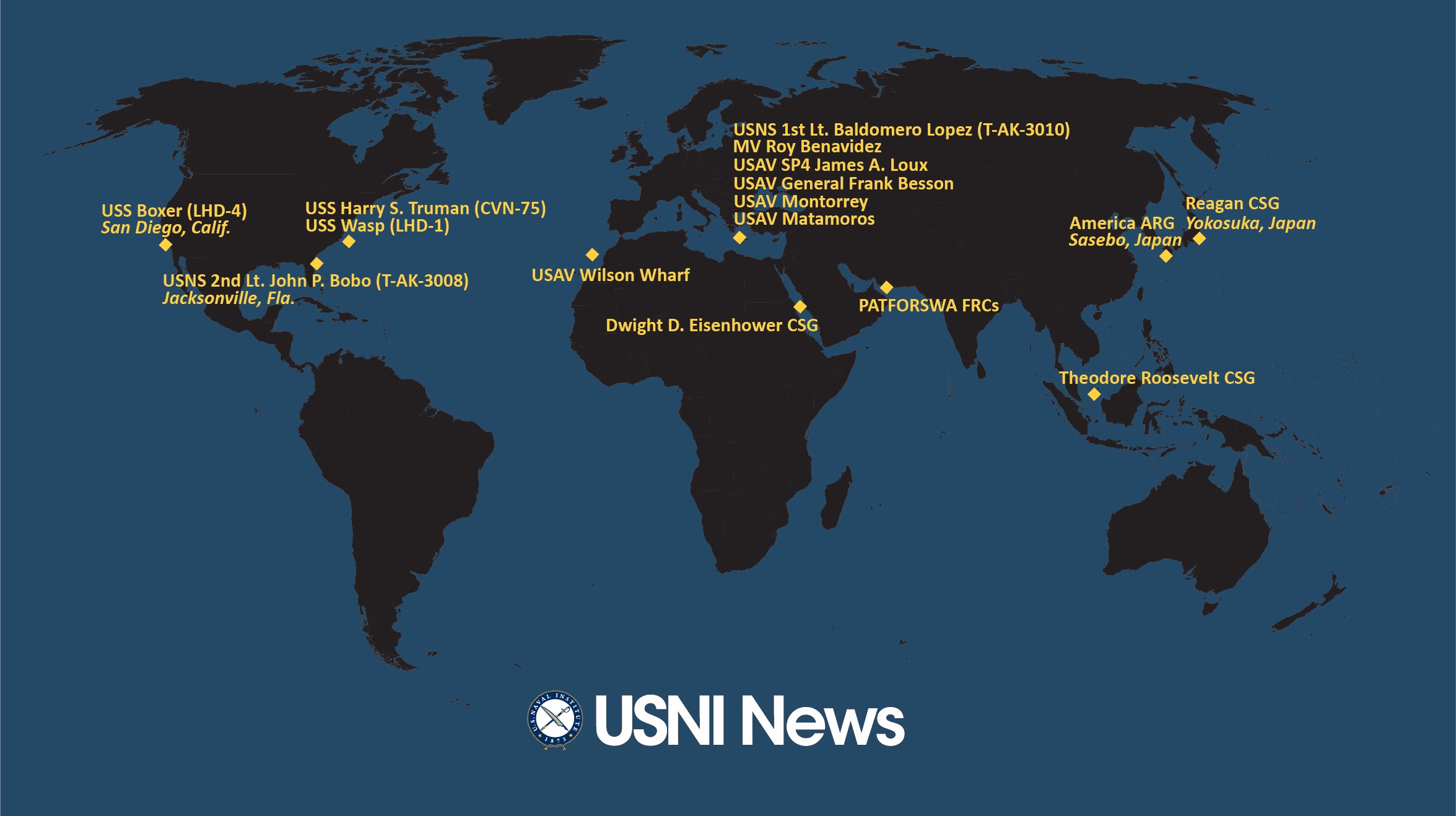The following is the Oct. 29, 2020 Congressional Research Service In Focus report, Navy Next-Generation Logistics Ship (NGLS) Program: Background and Issues for Congress.
From the report
The Navy’s Next-Generation Logistics Ship (NGLS) program envisages procuring a new class of medium-sized at-sea resupply ships for the Navy. The Navy’s proposed FY2021 budget requests $30.0 million in research and development (R&D) funding for the program. The issue for Congress is whether to approve, reject, or modify the Navy’s proposed FY2021 funding request and emerging acquisition strategy for the NGLS program. Congress’s decisions on this issue could affect Navy capabilities and funding requirements, and the U.S. shipbuilding industrial base.
Terminology
The Navy’s Combat Logistics Force (CLF) ships, also called underway replenishment (UNREP) ships, are logistics ships that resupply the Navy’s combatant ships (e.g., aircraft carries, surface combatants, and amphibious ships) at sea, so that the combatant ships can continue operating without having to return to port. The Navy’s current CLF ships include oilers (TAOs), dry cargo and ammunition ships (TAKEs), and fast combat support ships (TAOEs). In these designations, T means the ship is operated by the Military Sealift Command (MSC) with a mostly civilian crew, A means auxiliary ship, O means oiler, K means cargo, and E means ammunition (i.e., explosives). These CLF ships are large auxiliary ships.
Anti-access/area-denial (A2/AD) capabilities aim to create a defended area around a country that in time of conflict would be a “no-go zone” for opposing military forces. Operational concepts are general approaches for how to use military forces for achieving certain objectives. Fleet architecture refers to the types and mix of ships that make up a navy.
New Fleet Architecture and Operational Concepts
To more effectively counter the improving A2/AD capabilities of China in particular, the Navy wants to begin shifting to a new fleet architecture that is to be more distributed than the Navy’s current fleet architecture. This is because it is to include a reduced proportion of larger ships and an increased proportion of smaller ships. This more distributed fleet architecture is intended to support a new Navy and Marine Corps operational concept for countering adversary A2/AD forces, called Distributed Maritime Operations (DMO), and an associated new Marine Corps operational concept called Expeditionary Advanced Base Operations (EABO).
Download document here.





